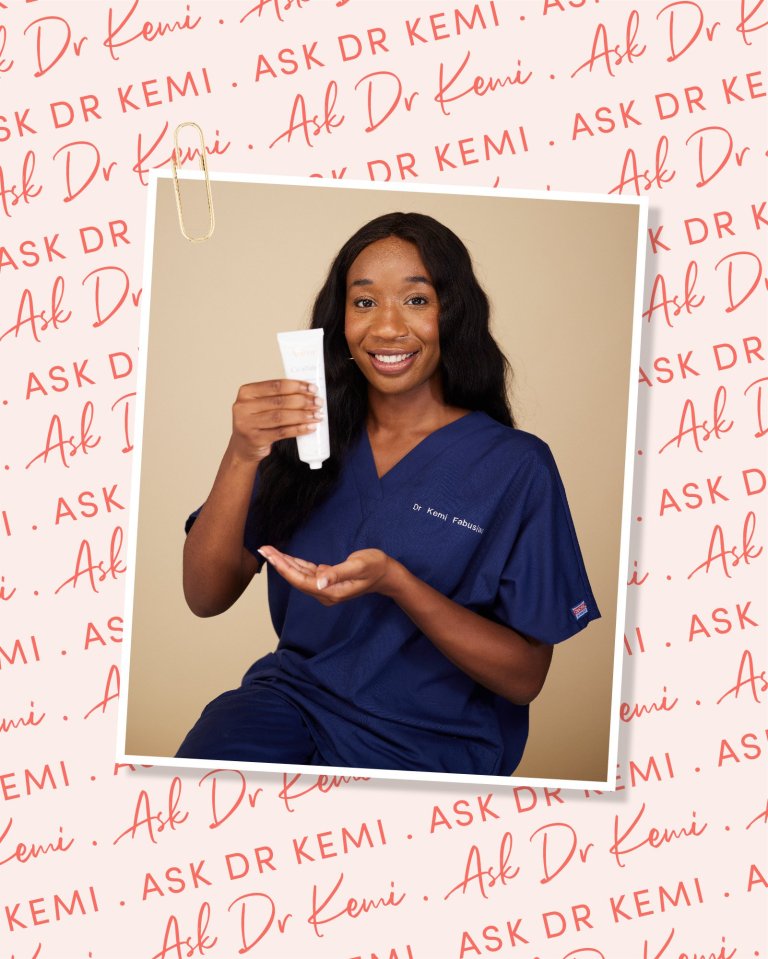If you suffer with any type of acne, life can feel stressful. But until you know what kind you are dealing with, chances are you won’t be able to treat it correctly for the best results.
Acne is often used as an umbrella term to describe almost any bump or blemish that can occur on your skin. But it’s important to recognise that the lumps, bumps and textured skin you’re experiencing might not be due to common bacterial acne (acne vulgaris), but rather a multitude of skin concerns, each with their own different etiology.
Once you recognise there could be varying causes of your bumpy skin, you’ll understand it can’t always be a one-size-fits-all approach when it comes to treatment. You’ll therefore be able to tailor your skin concerns to the issue at hand much more easily.
How to treat acne at home
Here are the most common types of acne, along with how best to treat them:
Acne Vulgaris
This is common bacterial acne, which often occurs when excess oil traps dirt, bacteria (Propionibacterium acnes) and dead skin cells within the follicles.
When we talk about acne as experts, we’re often referring to acne vulgaris.
You can manage this acne with traditional antibacterial agents such as benzoyl peroxide, as well as ingredients to manage excess oil (salicylic acid) and dead skin cells (glycolic acid).
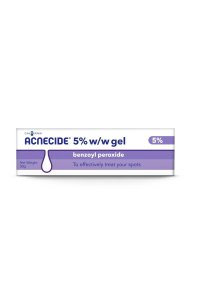
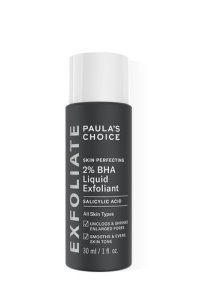

*Eliza may earn commission on sales from these product links
Fungal Acne
This occurs when your follicles become inflamed with ‘Fungus Malassezia,’ instead of the bacteria that causes traditional acne.
Fungal acne differs from traditional bacterial acne as the spots are often smaller, don’t vary in size and are clustered together. Whilst oily skin is also a factor in fungal acne, it can be exacerbated by excess sweat and antibiotic use.
If you’ve noticed spots that might be fungal, you can attempt to reduce them by using an ‘anti-dandruff’ shampoo. Whilst this may sound unusual, the ketoconazole in the shampoo can target fungal spores.
In addition to this, you can use ingredients like salicylic acid and retinol to help target excess oil and promote skin cell renewal.
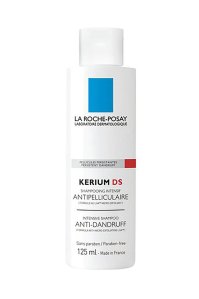
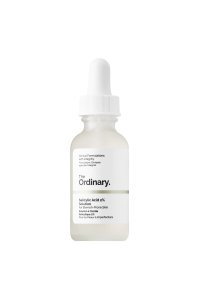

*Eliza may earn commission on sales from these product links
Acne Mechanica
Acne Mechanica occurs when a particular fabric or material gets pressed or rubbed onto the skin for a prolonged period of time. The friction from the material eventually leads to microtrauma, which provides a route of entry for bacteria into your damaged skin barrier.
Many of us who wore masks during the coronavirus outbreaks remember all too well the acne associated with the coverings (maskne). The combination of a broken barrier, with a warm moist environment underneath the mask creates a perfect breeding ground for bacterial to grow and cause breakouts.
But it’s not just masks that can cause Acne Mechanica; it can also occur due to headbands, tight headscarves and sports gear.
To manage the condition, the primary incentive is of course to prevent materials causing friction onto the skin, but to also use barrier-boosting ingredients such as niacinamide, ceramides and hyaluronic acid.
Lastly, you can reduce bacterial entry and transfer to the skin by washing fabrics regularly or changing the material.
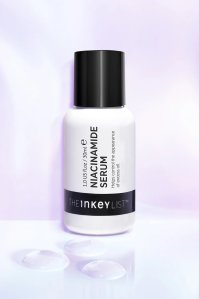
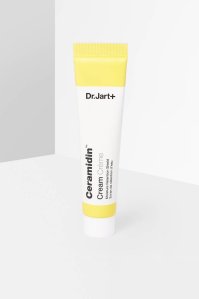
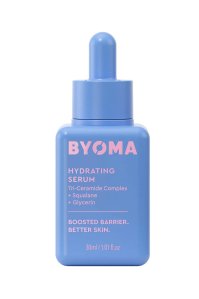
*Eliza may earn commission on sales from these product links
Acne Cosmetica
Acne Cosmetica occurs when your makeup, serums, moisturisers or hair products seep onto your skin and cause irritation. It could be caused by a combination of problematic (too strong) ingredients, expired skincare or just the wrong products for your skin type.
The best way to manage this type of acne is to be vigilant and constantly assess how each product is causing your skin to react, looking out for any signs of inflammation (redness, swelling, warmth and irritation).
Keep a close eye on how long you’ve had your products for and which ones you are using in tangent. Always remember you don’t have to use powerful actives every night and you can instead choose to use methods such as ‘skin cycling’ to give your skin periods of rest and recovery.
Acne Conglobata
Acne Conglobata is rather rare but incredibly severe as a form of acne. It occurs when large, deep inflammatory nodules and cysts coalesce together to form tunnels of pus and hardened plugs underneath the skin.
This type of acne can leave behind serious, even disfiguring side effects such as scarring and deep pigmentation. If you’re noticing even mild nodulocystic acne, this is enough to promote a referral to the dermatologist for consideration of Roaccutane. It’s best not to tackle this type of acne yourself at home, and to bring the professionals in.
To conclude, whilst there are some ingredients that work for almost all types of acne, it’s important to ascertain the particular cause of your acne so that you have the best chance at managing it.
